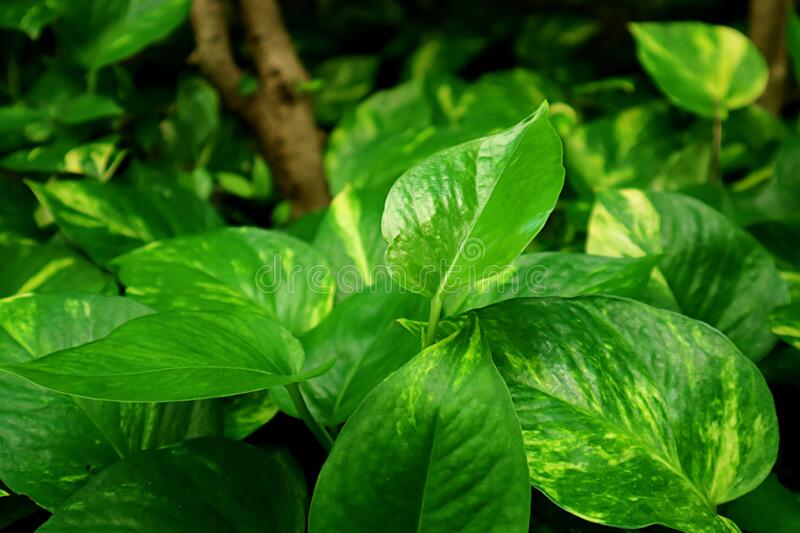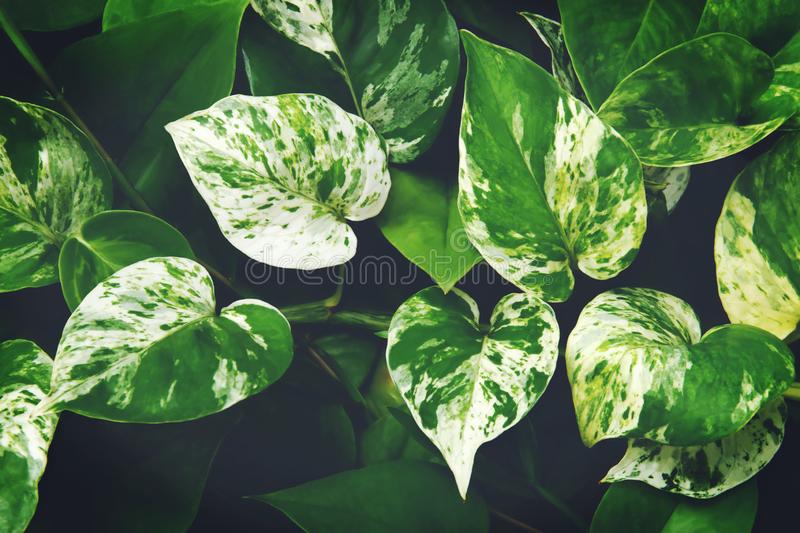
The scientific name of the plant is Epipremnum Aureum.
Devil’s Ivy Easy Guide: How to Grow and Care for Devil’s Ivy
Hanging, climbing, cascading, trailing. Devil’s ivy can grow beautifully in all directions.
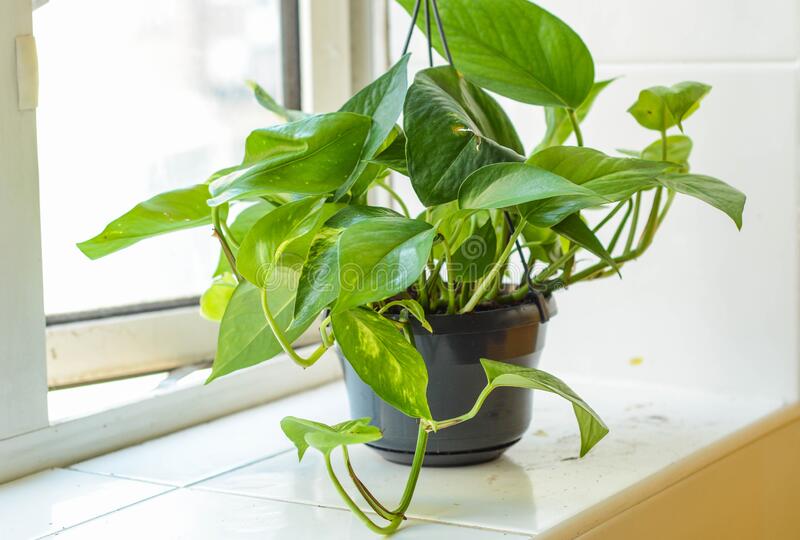
I have cuttings in the large & small leaf versions $10 & $5 ea in lots of 5 or $12 & $8 each. .Pack/Post is extra.Small leaf has stems around pencil thick Large leaf ones are around finger thick..Ask.
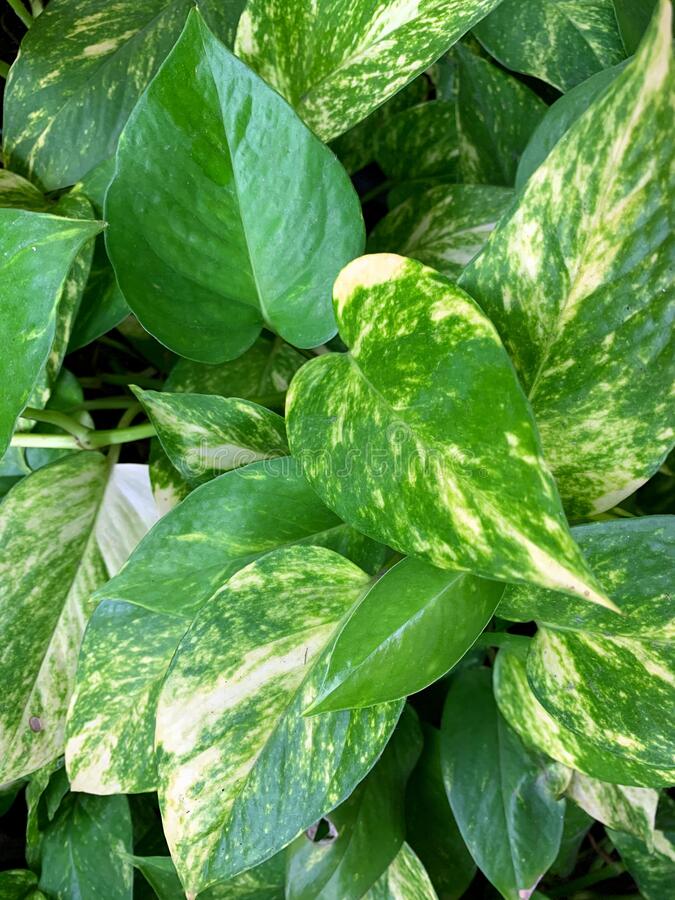
The plant is tough-as-nails. Even black-thumbed gardeners find it almost impossible to kill.
With its heart-shaped satiny leaves and vertical nature, you can use devil’s ivy to jazz up any space.
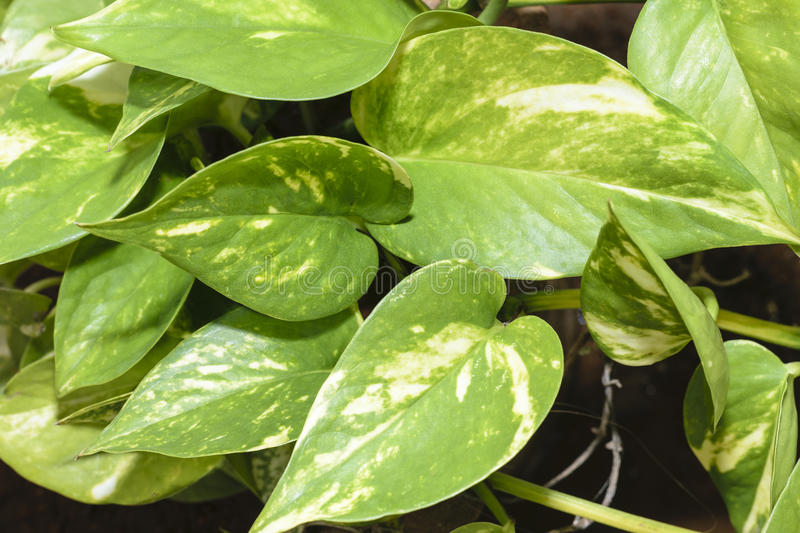
Let it flow down the shelves as a green curtain, drape any bare wall with it, or train it up an arbor in your garden.
Devil’s ivy is perfect for both budding gardeners and experts. You can grow it indoors and out with only a bit of hard work. In return, your plant will give you the beauty of green to behold. And fresher air.
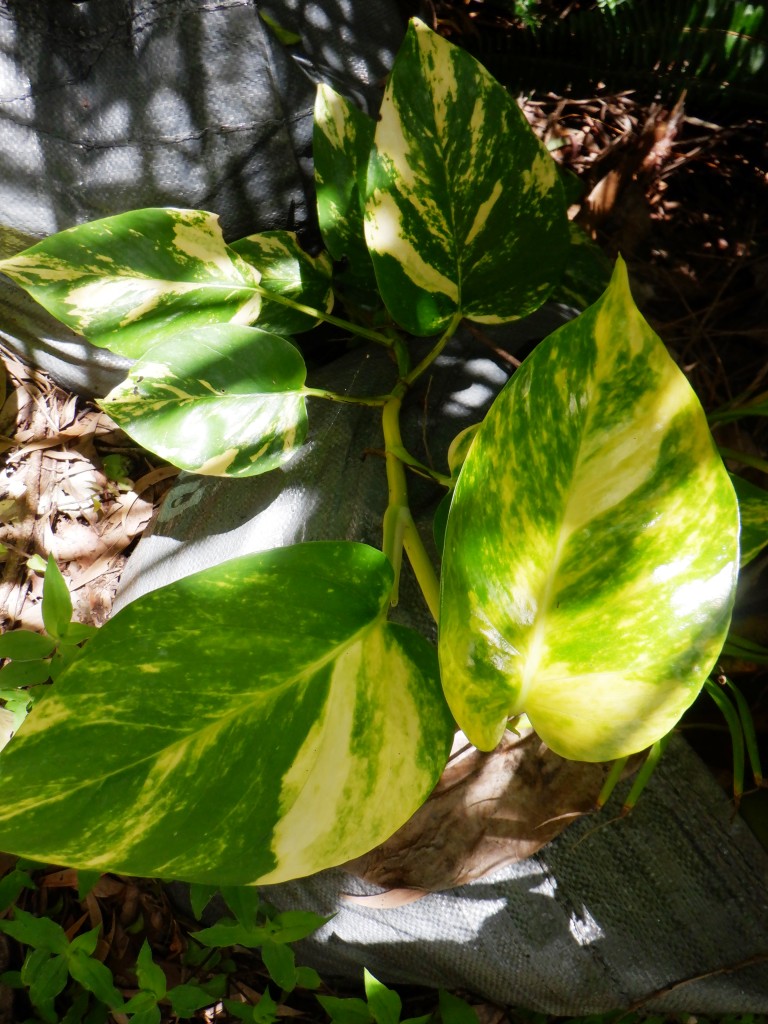
Yes, you heard it right. According to NASA’s Clean Air Study, devil’s ivy is noted for purifying the air indoors. It will also help de-stress you and aid in a peaceful night’s sleep. In short, devil’s ivy is a joy to keep.
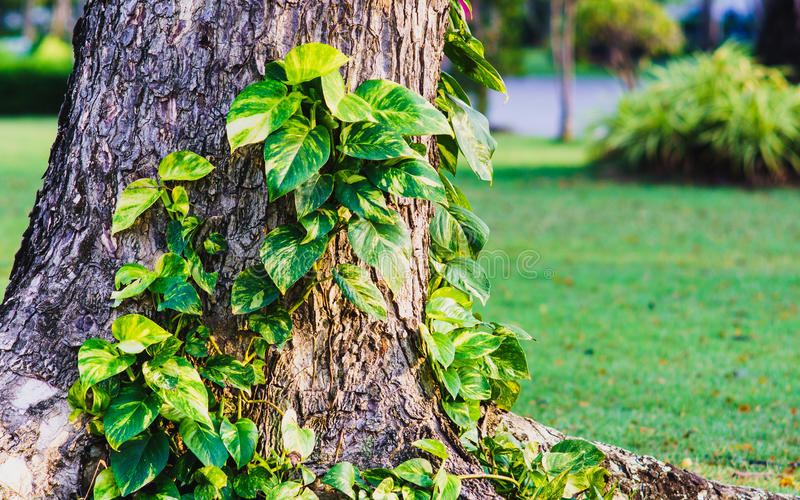
This article has everything you need to know about devil’s ivy. Check out the different cultivars of this plant you can bring home. And see how you can grow, care for, and propagate your devilish plant babies.
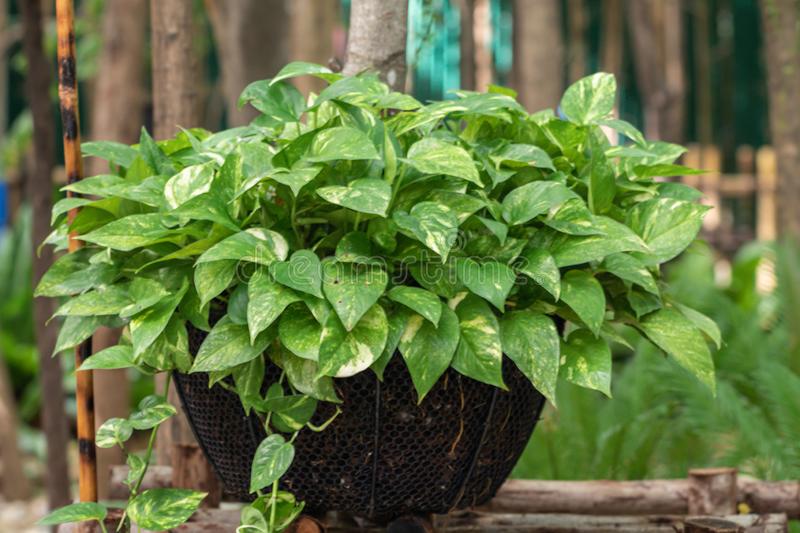
What Is Devil’s Ivy?
Devil’s ivy is a tropical, evergreen vine. It’s so common in homes, offices, and gardens that you must have come across it at one point or the other.
Maybe you know devil’s ivy by its other names? The plant is also called golden pothos, ivy arum, silver vine, and hunter’s robe. The scientific name of the plant is Epipremnum Aureum.
In the wild, it grows on the forest floor, climbs up on trees, and can reach up to 40 feet.
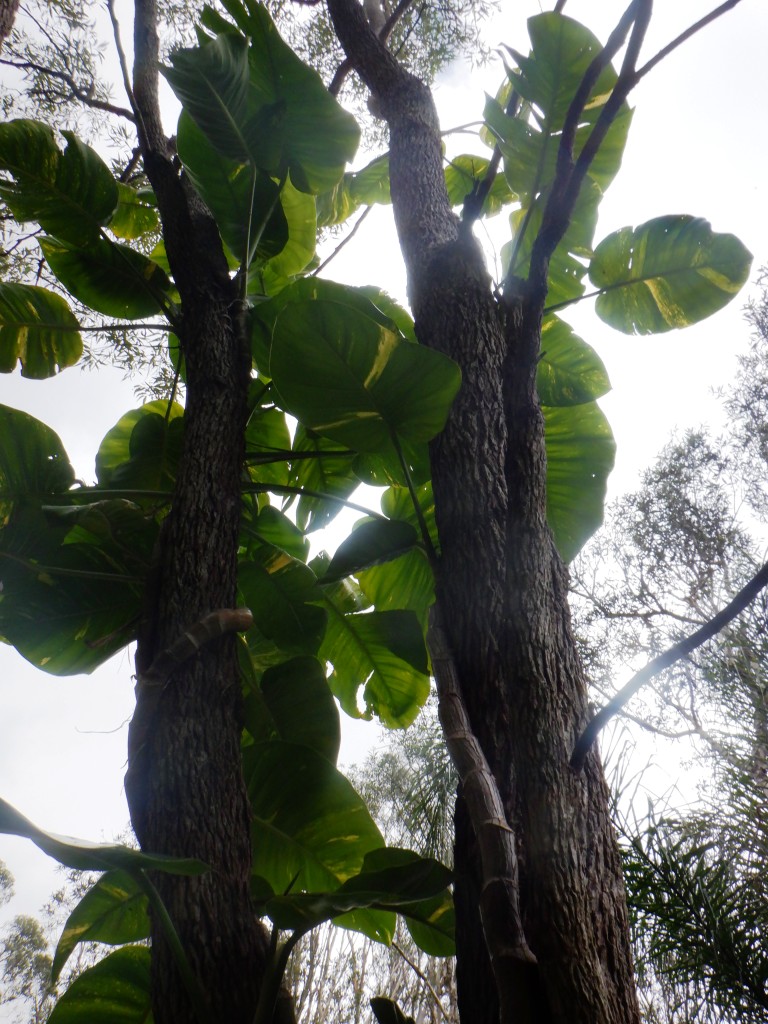
In your house, the vine will remain better behaved. But that doesn’t mean you forget to prune it and let the stems grow out of control. Pruning will also help you propagate your plant.
Devil’s ivy is also super adaptable and versatile. Grow it indoors or out, in a hanging basket, tabletop container, or wall planter. Or use it as an ornamental plant inside your terrarium.
Plus, for all the hard work and care you put in, your devil’s ivy will give you back as much, if not more. You will get a daily dose of feel-good hormone, greenery to admire, and fresher air.
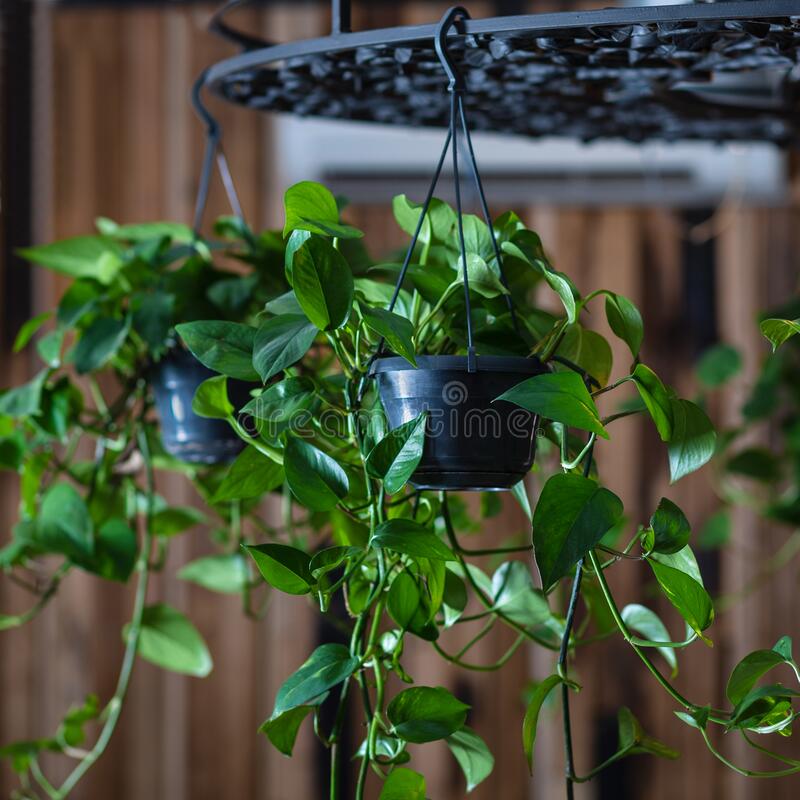
Devil’s Ivy Plant Types
Your devil’s ivy collection does not have to be boring. Bring home the different varieties of this plant with different hues and textures.
You will notice that most devil’s ivy varieties have waxy green leaves speckled with white and yellow. There are also some with coarser leaves and grey marbling. My cuttings are varied, but will be either the large or small leafed variety at random.
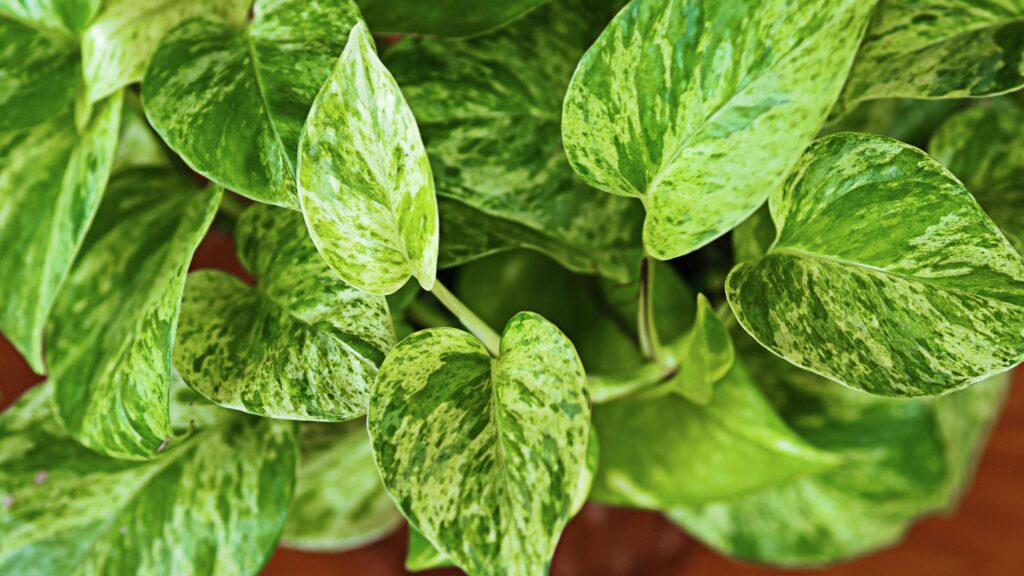
Grow your very own devil’s ivy jungle full with these different cultivars.
Golden Pothos: This is the most common devil’s ivy variety. It features gorgeous dark green, heart-shaped leaves. But the most attractive part of this variety is the white and gold splashes on the leaves.
Marble Queen: Here’s another common and attractive variety you can bring home. The leaves are smooth and marble-like. The white and green are interwoven together to form a beautiful variegation.
Neon: Neon pothos has bright, lime green foliage. It is an Insta-loved variety and has grown popular over the last few years.
Jade: Looking for something simple? Jade may be your type. Its leaves are solid green with no variegation.
Satin: Satin pothos is compact, dense, and full-looking. It has splashes of silver on dark green leaves that really give it a glow.
N’Joy: This variety has an elegant, dainty foliage. The green leaves are blotched with white. The cultivar is perfect for hanging baskets.
How to Grow Devil’s Ivy
Devil’s ivy is a low-maintenance, easy-to-grow kind of a vine. It thrives on neglect—even black-thumbed gardeners find success with it.
What’s even more exciting is that you can grow the plant both indoors and out. Plant it in a hanging basket, wall planter, or tabletop pot.
And if you’re space-modest, you can use it to create an great living wall. od Good to know: Devil’s ivy can also grow in jars of water. But you will need to battle algae problems all too often.
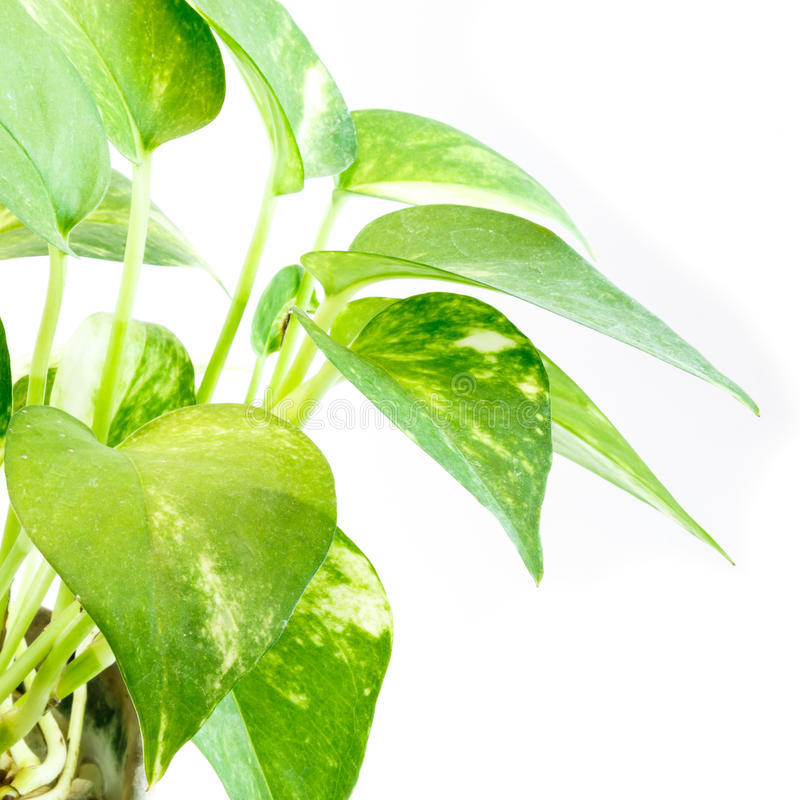
Give Your Plant the Care It Needs
Regardless of whether you’re growing your plant in your garden or living room, it will demand some basic upkeep.Don’t let your plant bathe in the afternoon sun, else the leaves will burn. Water it whenever the top layer of the soil dries. Give it a monthly snack of fertilizer, but not more.
Trellis Up Your Game
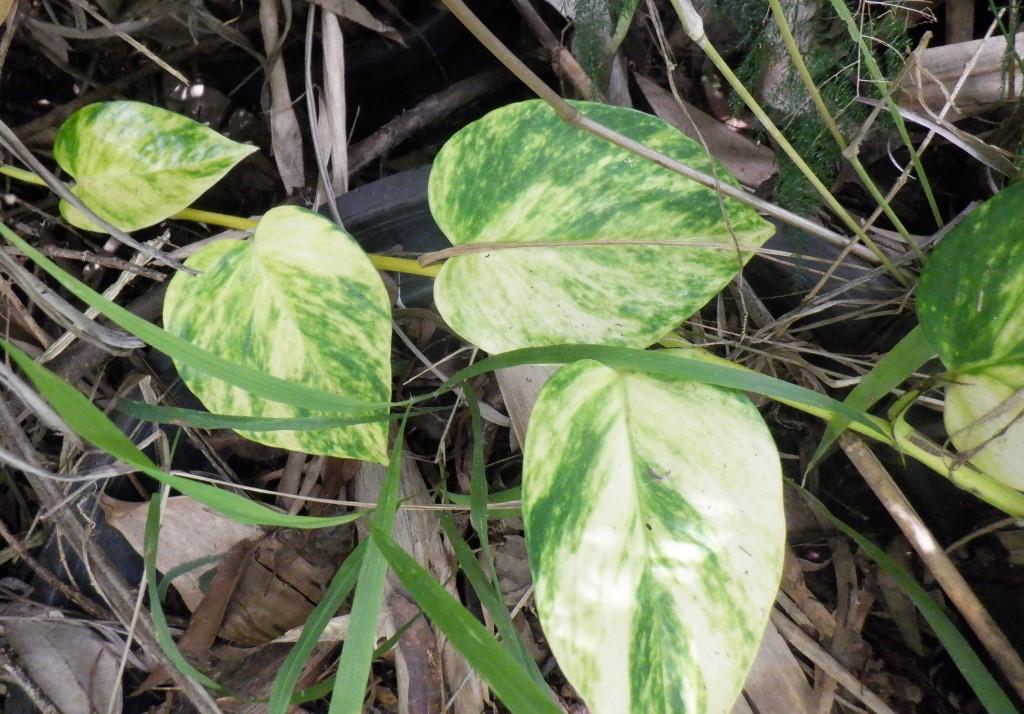
Once your devil’s ivy starts thriving and getting bigger, you will need to support it, too. Make it climb up a trellis or stake to encourage growth.
You can also drape it over arches or create a beautiful green bower with devil’s ivy.
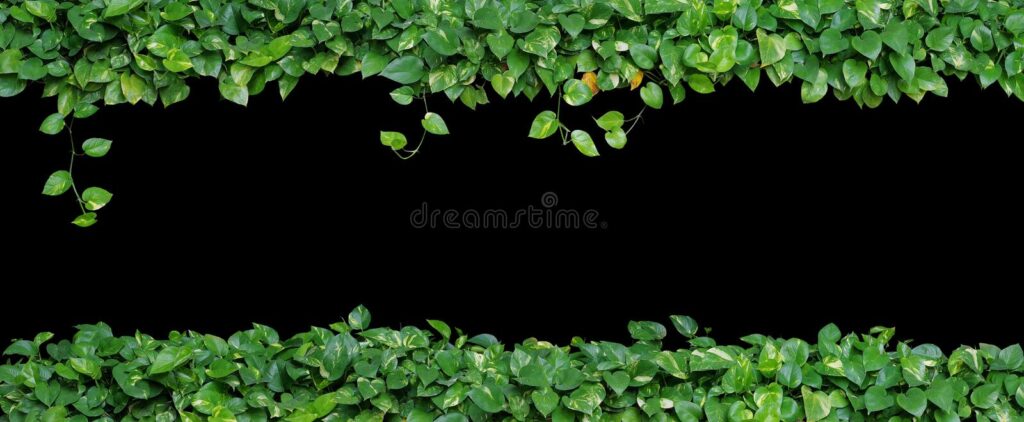
Devil’s Ivy Care
Get to know your devil’s ivy better. See what basic care it will need so you have a flourishing plant all year round.
This section covers everything from soil needs to light, water, fertilizing, fixing pest problems, and much more. Take a look.
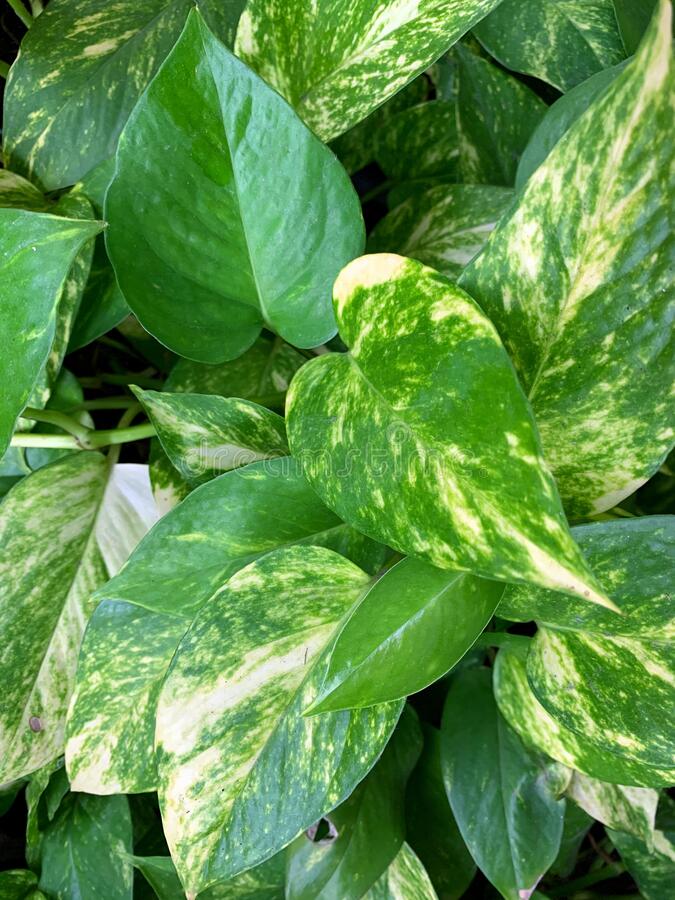
Soil
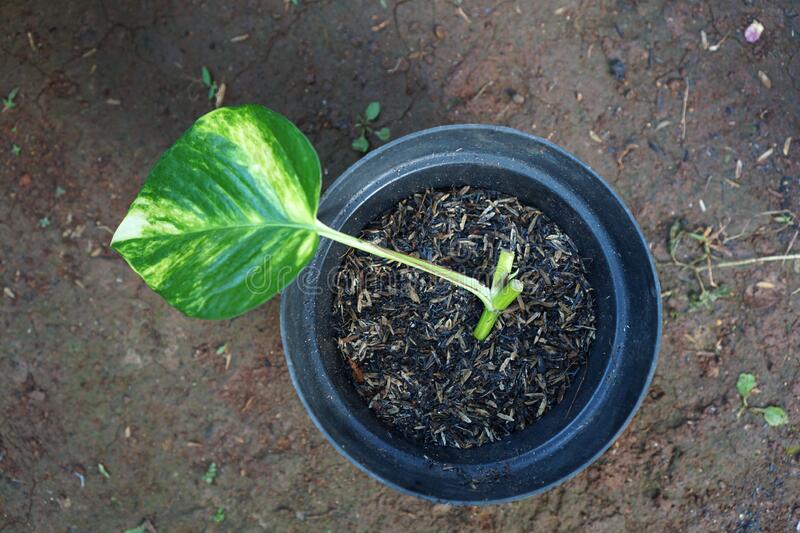
As far as soil goes, devil’s ivy is not too picky. You can go for any standard potting mix with peat moss or coco peat.
Make sure the soil is light, porous, and aerated. That will keep the roots moist but not soggy.
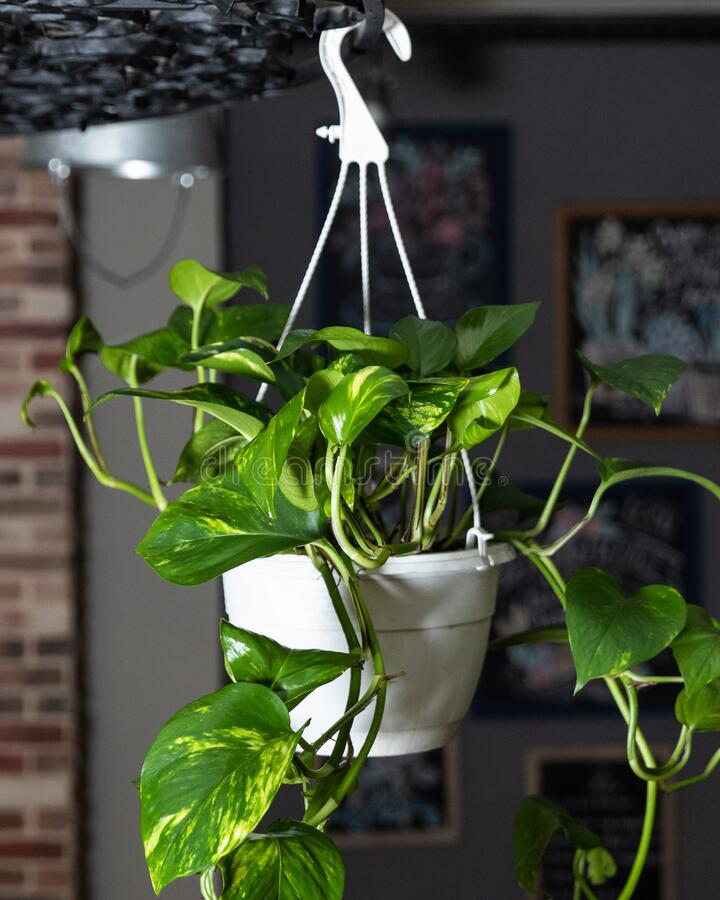
Light
Devil’s ivy enjoys a sunlit spot. So, keep your plant near a sunny window when growing indoors. Outdoors, you can show it bright, indirect sunlight.
If your plant doesn’t get enough light, the leaves will lose their variegation. But if your plant is unfurling new, solid green leaves, don’t worry. They will turn variegated as they age.
Tip: Remember, the paler the leaves, the more light your plant will need.
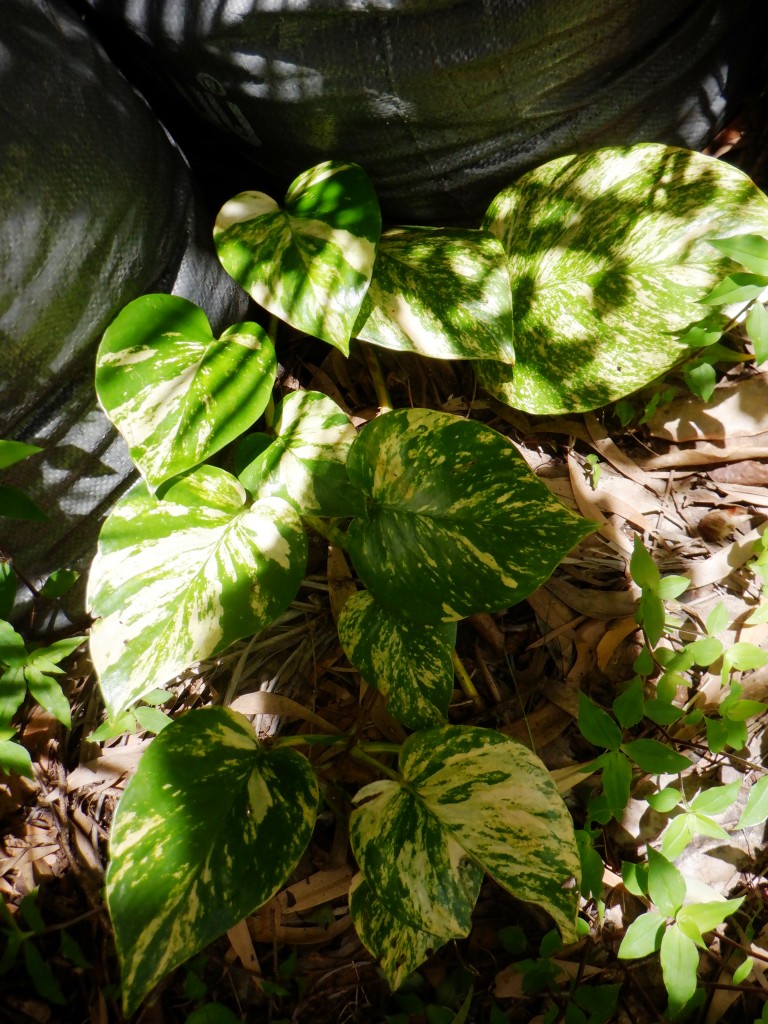
Water
Devil’s ivy is not crazy about water. You can water your plant when half the soil is dry. Another cue to water is when the leaves wilt a little.
Under-watering your plant will cause no damage. But over watering will surely kill it.
Tip: This plant loves to be misted with a plant spray.
Temperature
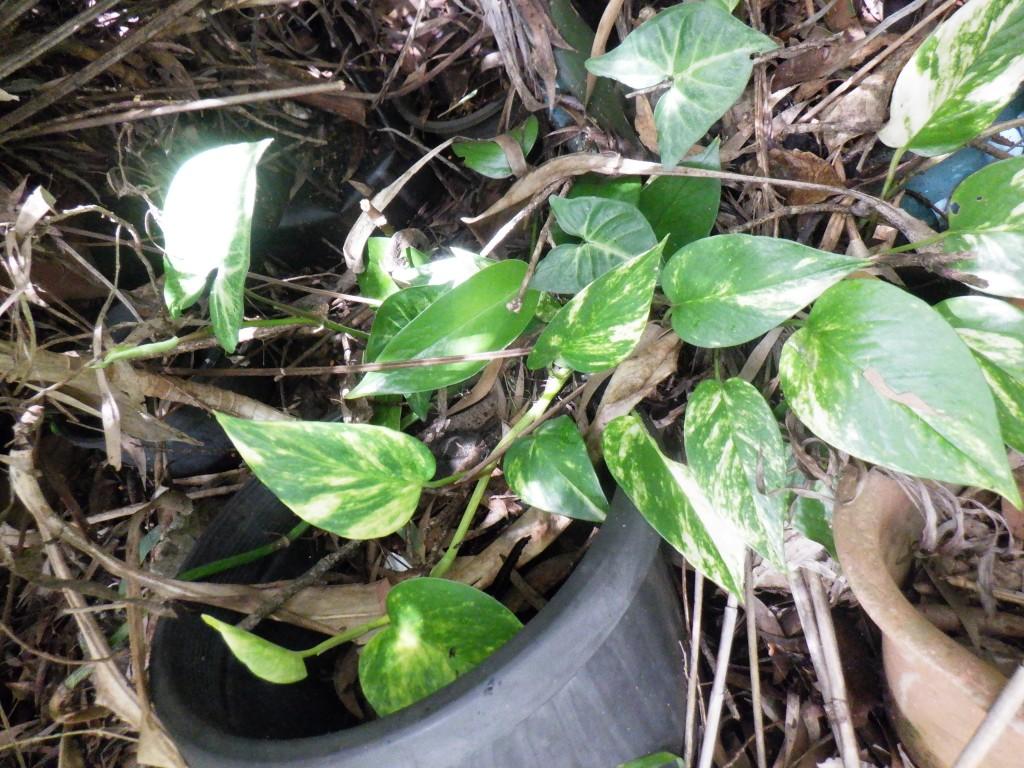
Devil’s ivy is a tropical plant. So that it remains healthy all year round, keep it at temperatures between 60 to 85 ºF (15 to 29 ºC).
The plant can withstand occasional cold snaps. But make sure the temperature does not drop below 50 ºF (10 ºC).
Fertilizing
A bit of plant food once a month is all your plant needs. Any liquid houseplant fertilizer with potassium, nitrogen, and phosphorus will do.
Fertilize more during the growing season to boost your plant’s growth. Cut down the frequency of fertilizing when the plant stops producing new growth.
Pruning
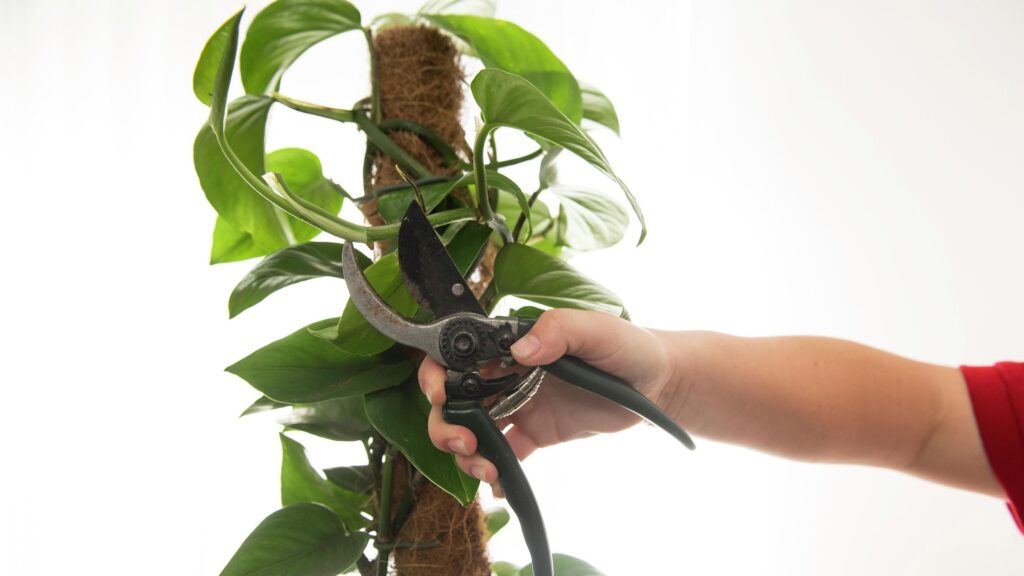
Pruning your plant is very important. It will help keep the plant bushy and full. If the stems are not cut back, the plant may also turn invasive.
Tip: Cut right after a leaf node. Doing so will help the stem to branch out, giving you a fuller plant.
Wintering
Don’t leave your plant outside in winter to shiver and die. Devil’s ivy is a tropical plant not used to frost and snow. It must be brought indoors during the colder months.
During this period, don’t apply water until the soil becomes dry. And avoid fertilizing until spring.
Pests and Diseases
Devil’s ivy doesn’t have many pest or disease problems. Still, you may want to look out for pests like spider mites and mealybugs roaming the leaves.
Overwatering is to be blamed for devil’s ivy yellow leaves. Cut back on watering immediately. If the foliage has brown and curled leaf-edges, it’s because of over-exposure to the sun.
Devil’s Ivy Propagation
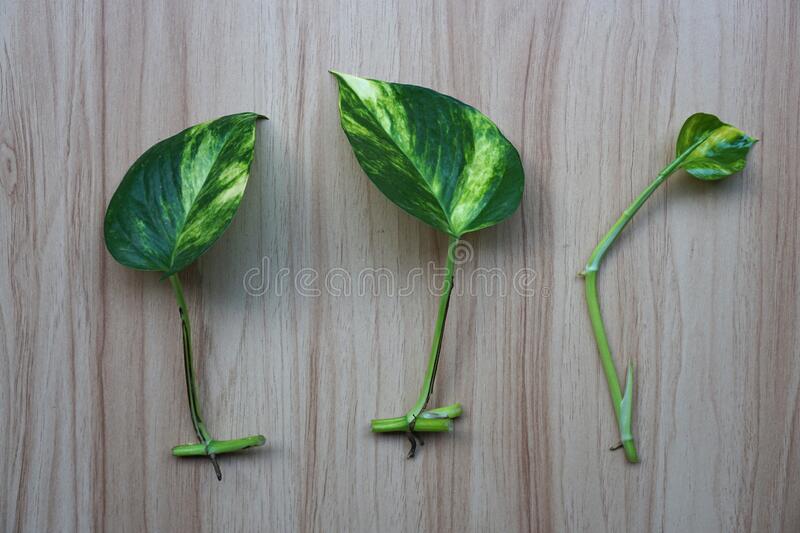
One of the best deals about bringing this plant home is just how easy it is to propagate. You can multiply your devil’s ivy and turn your walls into a green waterfall. Or gift tiny plantlets in jute planters to your loved ones.
To propagate your plant, follow the steps below.
- Look for a healthy-looking vine with a few leaves and a node.
- Snip the vine using a pair of clean clippers or pruners. Ideally, your cutting should be 4 to 6 inches long.
- Once you have the cutting, place it in a jar of water for a few weeks.
- You will notice that tiny roots start developing around the node area.
- When the roots become strong, you can plant your devil’s ivy in soil.
Commonly Asked Questions About Devil’s Ivy
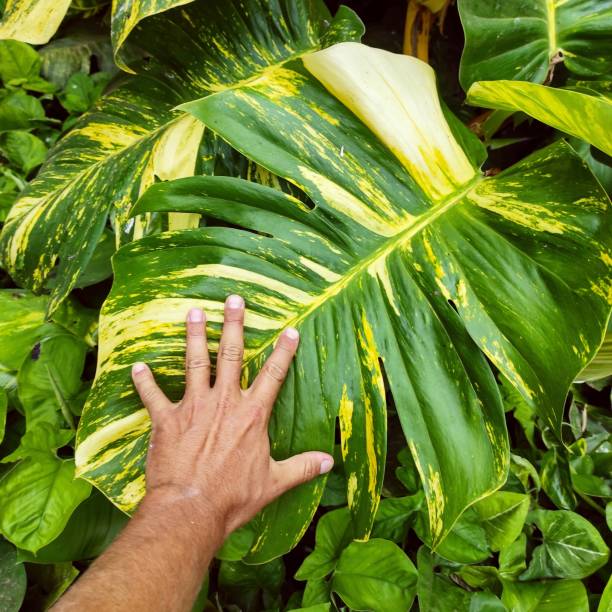
You shouldn’t face too many problems while growing devil’s ivy. The vine is mostly undemanding and has an easy-going nature.
But if you find yourself stuck somewhere or confused, it’s time to troubleshoot your devil’s ivy problems! Take a look at these FAQs that have helped other gardeners, too.
Does Devil’s Ivy need sunlight?

Yes, your plant needs bright, indirect sun to thrive. If your plant does not get enough sunlight, its growth will slow down.
When grown in deep shade, the foliage will also lose its variegation, turning mostly green.
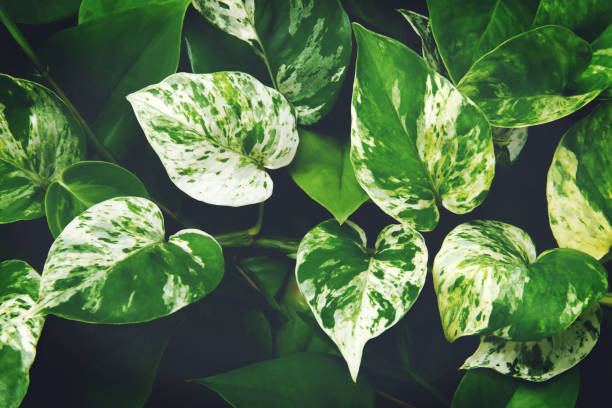
Is Devil’s Ivy good for indoors?
Devil’s ivy is one of the best plants you can bring indoors. It is easy to grow as a houseplant and can add just the right amount of greenery to your home.
But the best part is that devil’s ivy is a superb air purifier. It absorbs pollutants like benzene, xylene and formaldehyde, making the indoor air fresher.
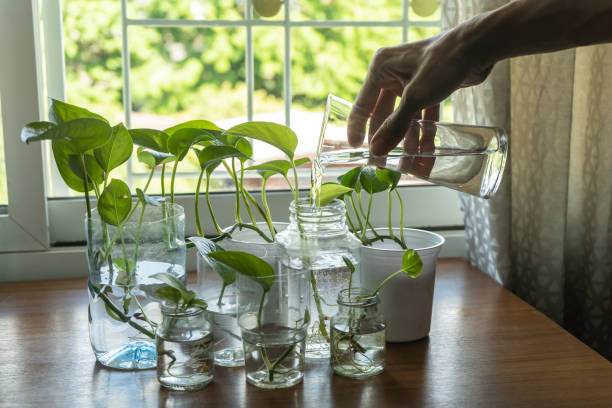
Is Devil’s Ivy poisonous to humans?
Devil’s ivy is safe to touch. But when consumed, it is considered to be harmful to humans. It can cause skin irritation, swelling of the lips, vomiting, and a burning sensation in the mouth.
Better keep your kids and pets at a safe distance from this attractive houseplant.
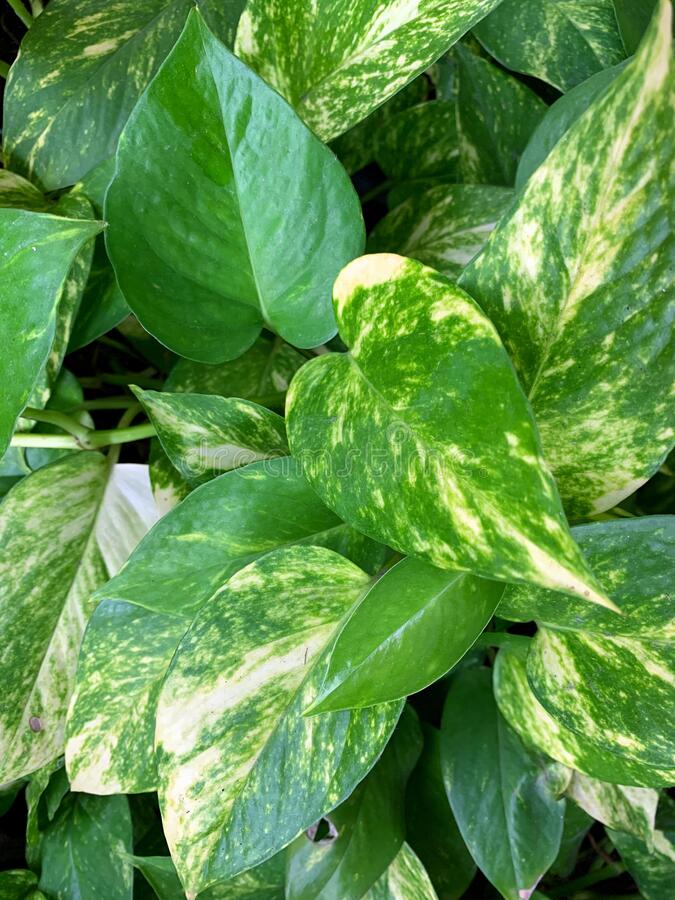
Why is it called devil’s ivy?
Devil’s ivy is almost impossible to kill. Even those with the blackest of thumbs can take surprisingly good care of it.
The plant doesn’t mind a bit of neglect, can thrive even when kept in a shady spot. In short, the plant is super resilient. Plenty of reasons for it to be called devil’s ivy, no?
A Perfect Houseplant With Noble Intentions
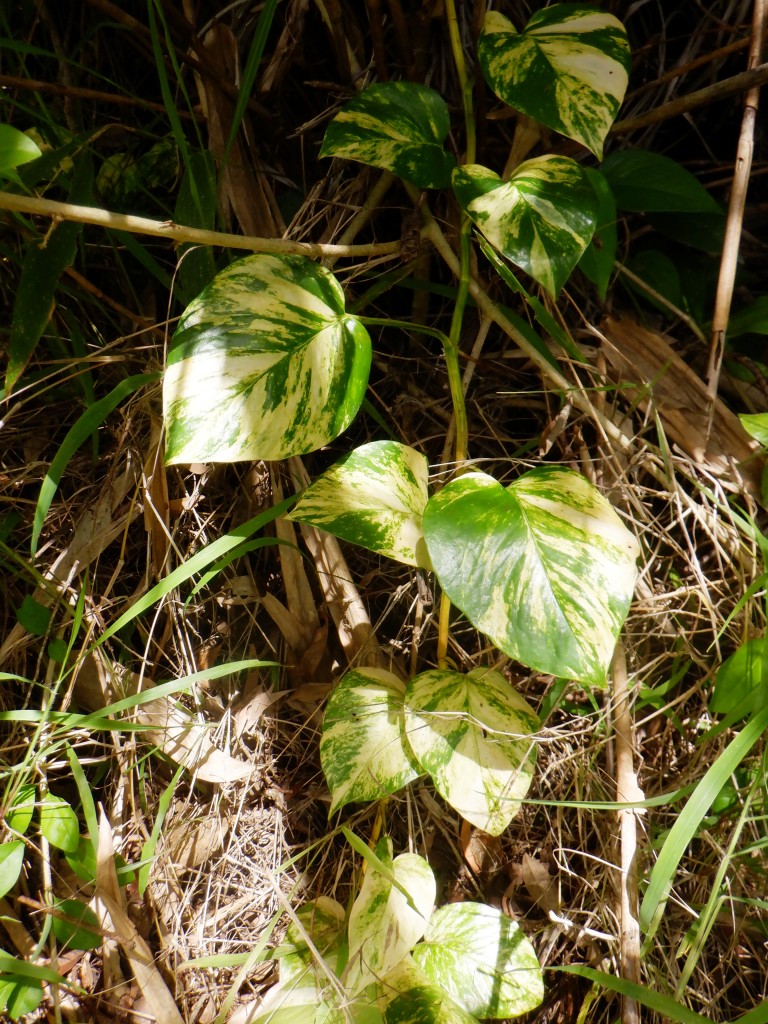
Devil’s ivy has no devilish intentions. In fact, it is too noble to be true.
The plant is ideal for the lazy gardener. It does not demand attention, can deal with water-forgetfulness, and is not crazy about sunlight either.
You will surely love its art-like foliage. Some are silvery, some pale green with yellow or whitish spots, and some have gorgeous golden flame-like shading.
Use it as a cascading curtain or cover unsightly walls with the plant. And while you sit back to enjoy your green living art, your plant will also work as a natural air purifier.The vine’s attractive drape and easy care make it a tempting addition to any space. Plus, it’s perfect to spruce up your house quickly and It simply doesn’t get any better than this. To conclude, devil’s ivy is perfect for people too busy for houseplants So, are you planning to bring home this super houseplant? And do share your newfound love for devil’s ivy with your friends. They may benefit from it, to.
Any questions or if buying, contact me HERE


